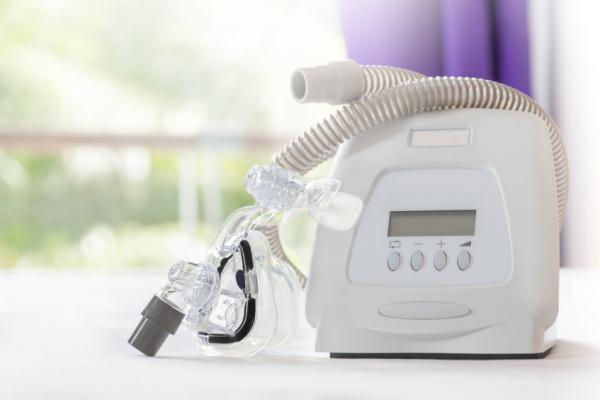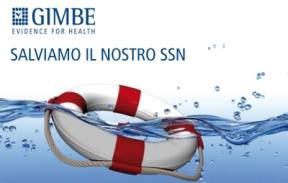Follow-up and Monitoring of Children Needing Long Term Home Ventilation
Strategies for the follow-up and monitoring of the children in NIV/CPAP.

In the last few years children receiving home non-invasive ventilation, by continuous positive pressure (CPAP) or non-invasive ventilation (NIV) are increased. Once started, and the child is discharged home, a regular follow-up needs to be organized to check the efficacy and the tolerance of the treatment. However, there is still a lack of validated guidelines, mostly because of the heterogeneity of the health care systems among countries. Therefore, strategies to monitor CPAP/NIV and the visits timing are not really defined. The follow-up strategies depend on various factors such as medical condition, underling disease, socio-economic factors. The follow-up usually ranges between 1 months, 3-6 months, or even 1 years after the CPAP/NIV initiation, with different modalities such as an out-patient visit, home visit, overnight hospital stay and telemedicine, alone or in combination.
Together with the clinical evaluation different type of monitoring are usually carried out during the follow-up: nocturnal oximetry, capnography monitoring and/or poly(somno)graphy (P(S)G). These exams are useful to monitor the delivered pressure, residual respiratory events, leaks and asynchronies between the patient and the ventilator. Built-in software data of CPAP/NIV devices are also useful to check the therapy adherence and to check leaks, asynchronies, delivered pressure and residual respiratory events especially when P(S)G are not available or in alternance to P(S)G.
The article authors propose a possible scheme for the first year’s follow-up after the CPAP/NIV initiation, used in their center. Following hospital discharge, first the family received a phone call, after the first week, by a trained staff and then outpatients visits with the evaluation of the device data reports are performed in the 1, 3, 6, 10 (only for NIV patients), 12 months, with a nocturnal oximetry and/or capnography monitoring done at home before the visits. Certainly, this scheme is then adapted to the demands of every patient.
In conclusion, the authors suggest that multicenter studies, based on international and national guidelines, are required to build evidence for standardizing practice for the follow-up of CPAP/NIV in children.
Bibliography
Khirani S, Amaddeo A, Griffon L, Lanzeray A, Tang T, Faraoux B. Follow-up and Monitoring of Children Needing Long Term Home Ventilation. Front Pediatr, 2020 Jun 22;8:330.
https://pubmed.ncbi.nlm.nih.gov/32656168/






